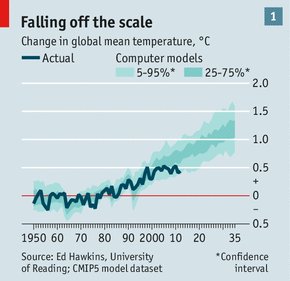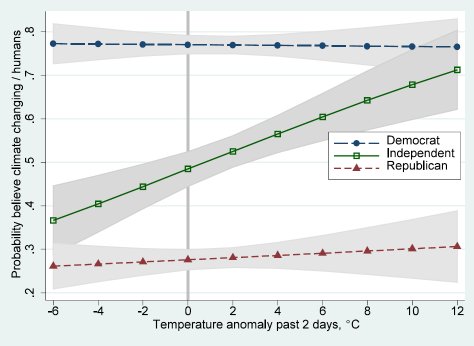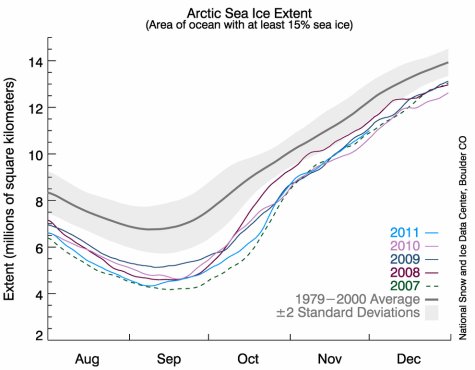On May 20th, Oklahoma City and its suburbs were hit by a devastating tornado. According to the latest news reports, the mega-tornado killed at least 24 people, nine of them children. My prayers go out to those whose lives have been affected by this terrible tragedy. While the situation is clearly an emotional one, we can’t let our emotions get away with us when it comes to understanding the science behind this tragedy.
What do I mean by that? Well, consider what Senator Barbara Boxer said on the floor of the Senate regarding the tornado:
This is climate change. We were warned about extreme weather. Not just hot weather. But extreme weather. When I had my hearings, when I had the gavel years ago. It’s been a while. The scientists all agreed that what we’d start to see was extreme weather. And people looked at one another and said “what do you mean? It’s gonna get hot?” Yeah, it’s gonna get hot. But you’re also going to see snow in the summer in some places. You’re gonna have terrible storms. You’re going to have tornadoes and all the rest. We need to protect our people. That’s our number one obligation and we have to deal with this threat that is upon us and that is gonna get worse and worse though the years.
She then went on to talk about a bill she has sponsored. It would put a tax on carbon in hopes of moving people to alternative sources of energy so as to reduce the effects of “climate change.” While Senator Boxer’s words are an emotional call-to-arms, they fly in the face of the scientific evidence.
Continue reading “Blame ‘Climate Change’ Despite the Evidence”






